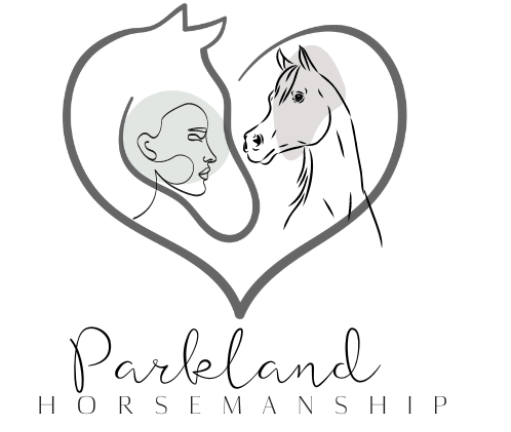Training a horse requires patience. Like humans, horses require repeated practice to become proficient at any new task or skill.
Operant conditioning is a practice of employing positive and negative consequences to encourage or discourage behavior. Some training methods use only positive reinforcement while others employ both techniques simultaneously.
Basic Training
Most horse trainers start by teaching horses to accept the halter and learn basic skills like walking on a lead line. Once this has been accomplished, trainers typically implement step-wise training programs that gradually increase in complexity as the horse advances his training.
Some trainers use positive reinforcement, or rewarding desired behaviors with treats and pats, as an effective training method. This is often combined with pressure-release training or clicker training, where horses learn to associate a sound with rewards.
Trainers need a thorough knowledge of horse behavior in terms of herd social order, stallion sexual behaviors and mare-foal interactions in order to create effective lessons on accepting riders while remaining calm when in the presence of other horses, as well as recognize when horses become fearful or aggressive. By understanding these dynamics properly, trainers can teach their horses how to accept riders while remaining relaxed with other horses while being aware when something may cause distress in other horses or recognize when one has become fearful or aggressive themselves.
Intermediate Training
A horse’s response to training stimuli may take one of two forms. Either it will follow its trainer’s cue in an idealistic fashion or it could respond negatively, with positive reinforcement recognizing acceptable behavior while corrective measures punish any unwanted reactions through negative punishment.
Horses are prey animals, so their instinct to flee danger must be managed. Uncontrolled flight could lead them over handlers, fences or obstacles and cause serious injury; proper training lessens a horse’s perception of danger using stimulus, memory and learning theory techniques.
Setting a horse up to be ridden goes by various names: backing, breaking, riding and driving are just a few terms used interchangeably – ultimately the goal is for a trained horse to accept having riders or harness drivers present in front of it without fear or resistance – this requires trust between rider and horse as well as training methods such as desensitization, long-lining or working hand in hand.
Advanced Training
This method relies on clear communication and consistency in order to build trust between trainer and horse, and patience in waiting for new skills to take root. A leader must establish themselves by making sure the horse respects personal space; additionally, their handler must consistently apply pressure in the correct areas in order to elicit desired responses from the animal.
Advance and retreat training involves gradually subjecting a horse to increasingly stressful stimuli until they respond by stopping its feet and relaxing voluntarily, then the trainer removes the stressor, rewarding its behavior. Unfortunately, this technique can be dangerous when employed improperly: inexperienced trainers may advance too rapidly at the outset, traumatizing a horse that could escape or become aggressive; understanding your horse and being aware when its fear or pain manifest themselves are essential skills that need to be learned in order to use this effectively.
Competition
Training a horse for competition takes time and requires clear communication between trainer and animal. Patience must also be exercised as horses learn slowly over time; repetition will enable them to master new skills more quickly.
At its core, horse training aims to produce horses that are safe, compliant and respond appropriately to human cues. Effective training strategies involve positive reinforcement and desensitization techniques.
Horses are prey animals that must respond quickly in order to survive in their natural environments, possessing incredible memories and highly responsive to pressure and release.
Natural horsemanship techniques such as groundwork, liberty work and join-up help trainers respect a horse’s instincts while building trusting relationships between horse and rider. Horses trained with these methods tend to perform better at dressage events as well as other competitive events; success in equestrian sport requires extreme athleticism from both horse and rider to reach success.

